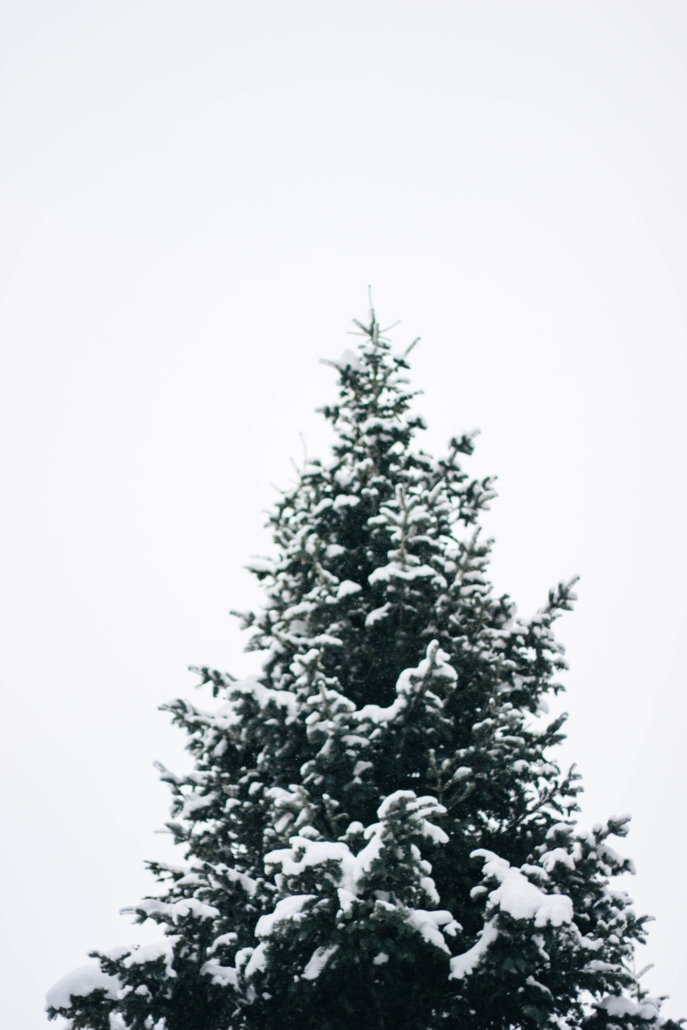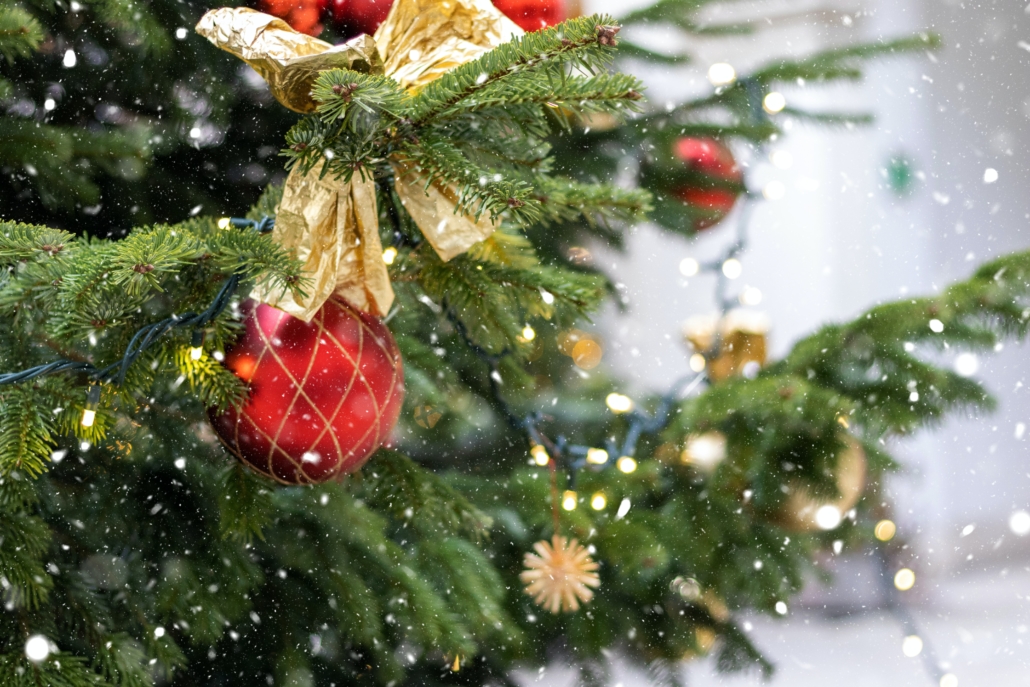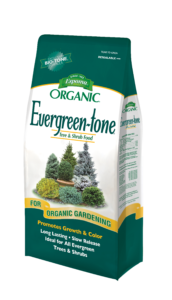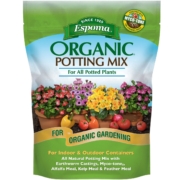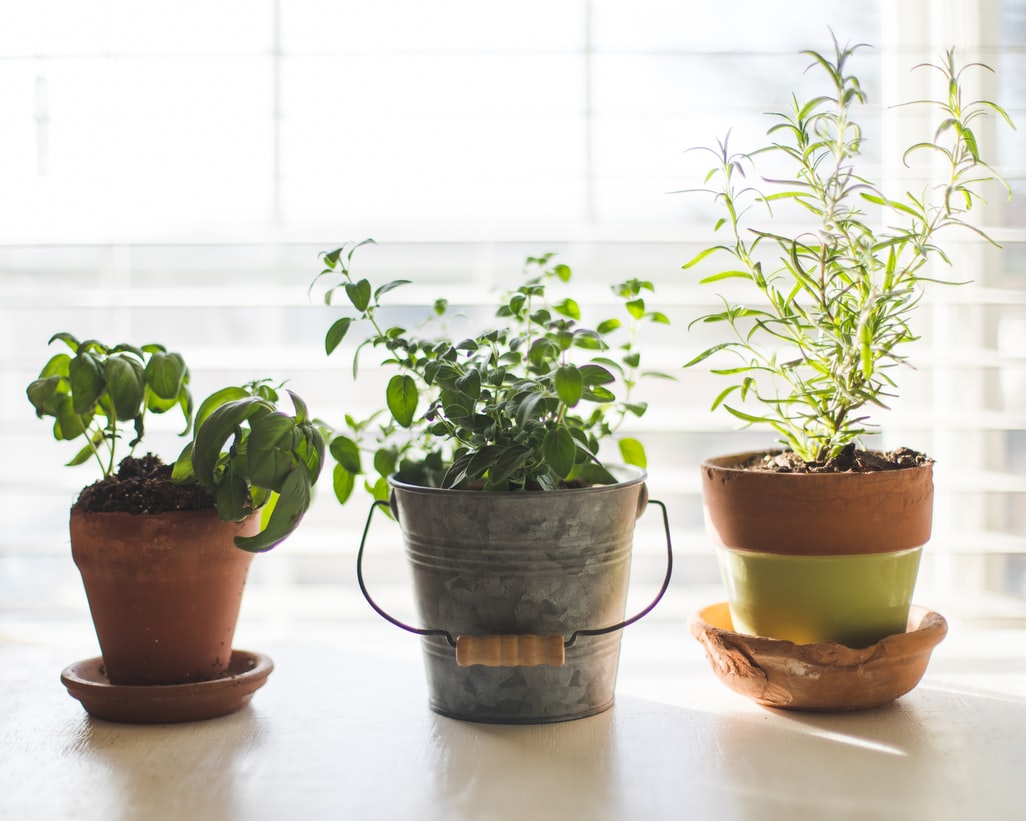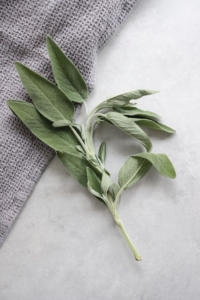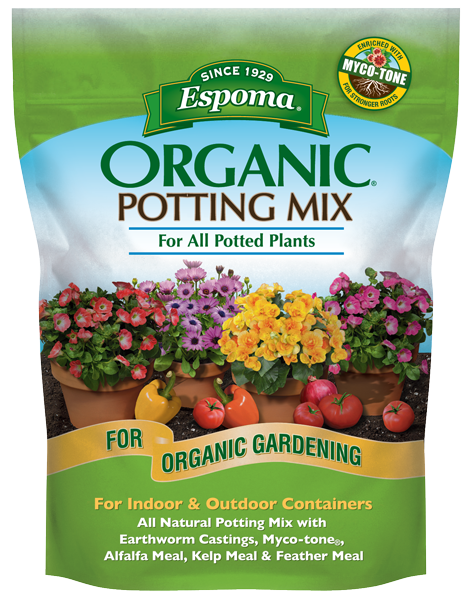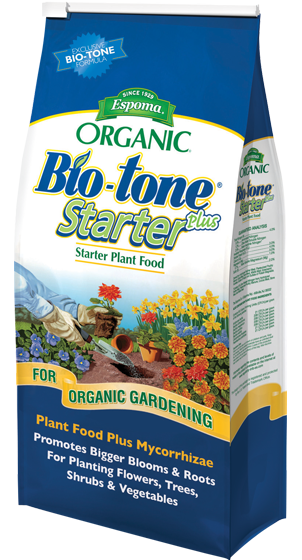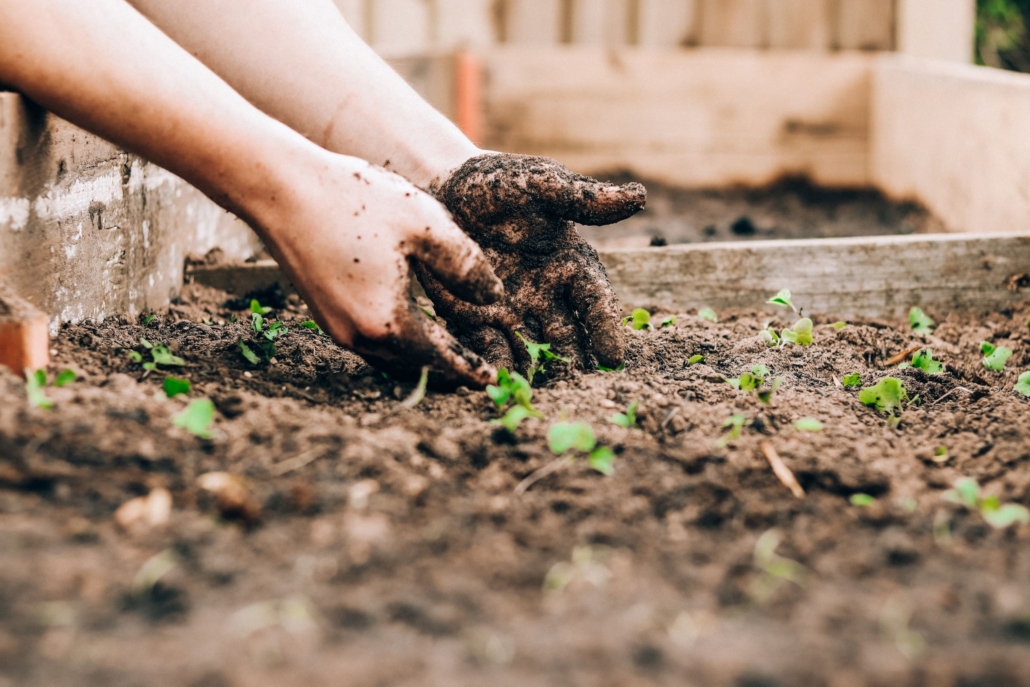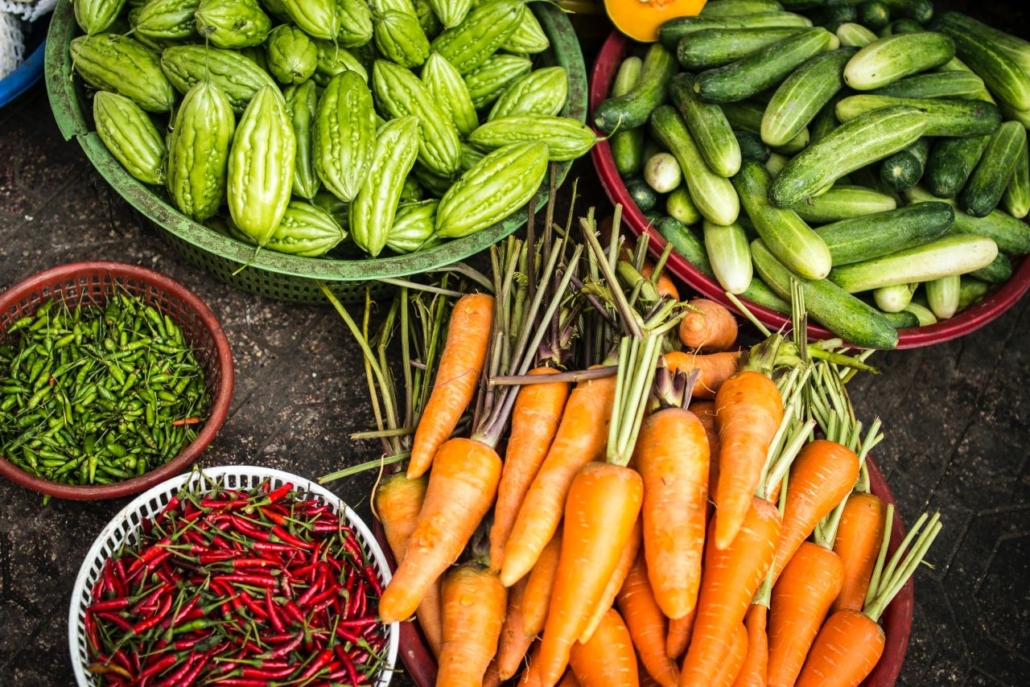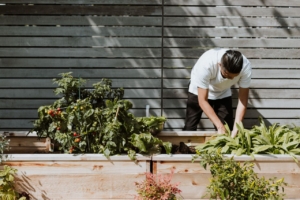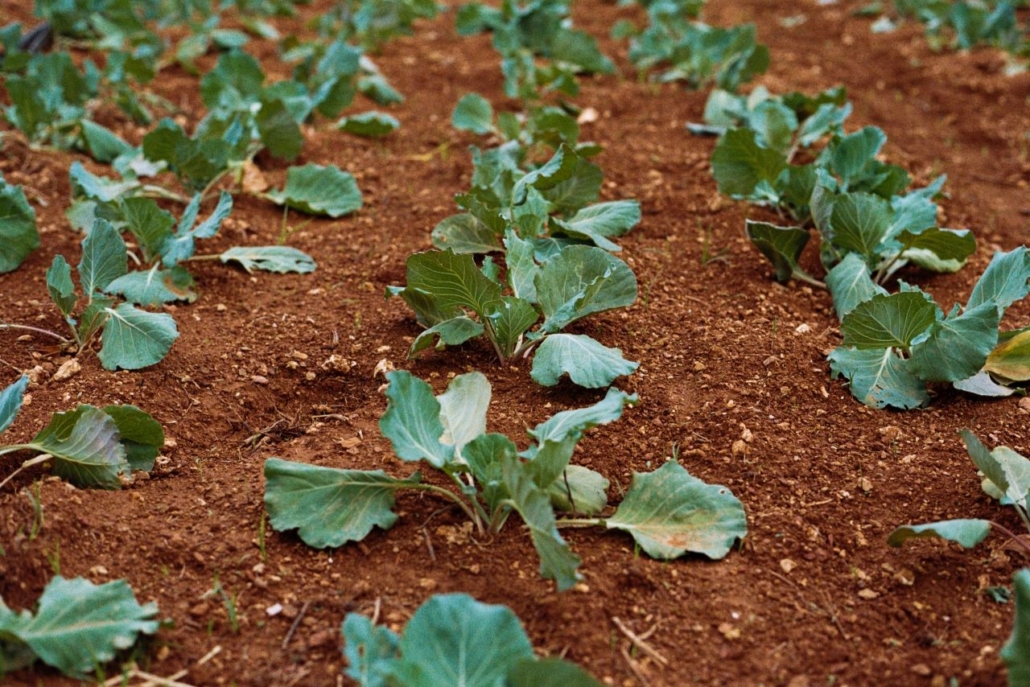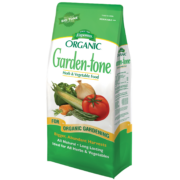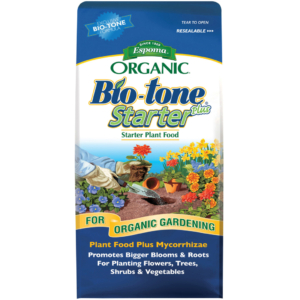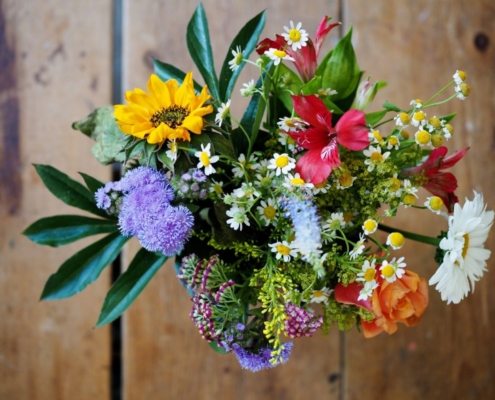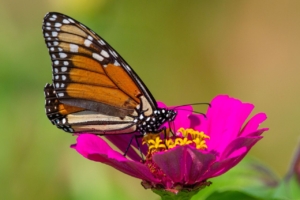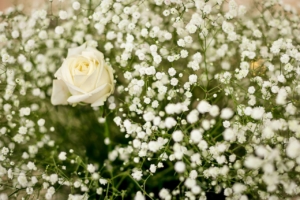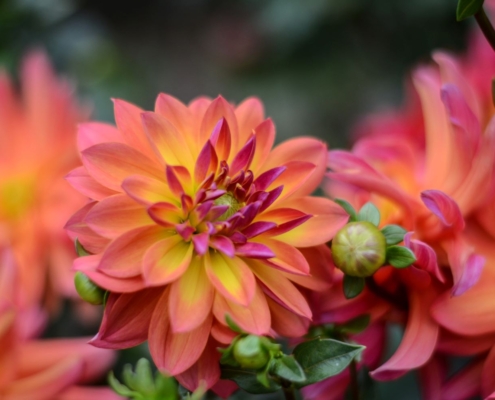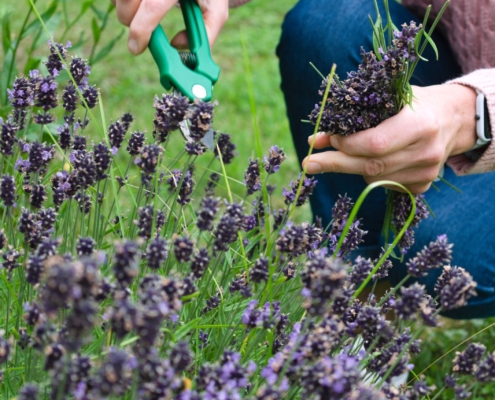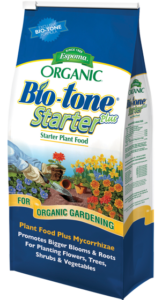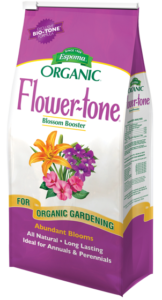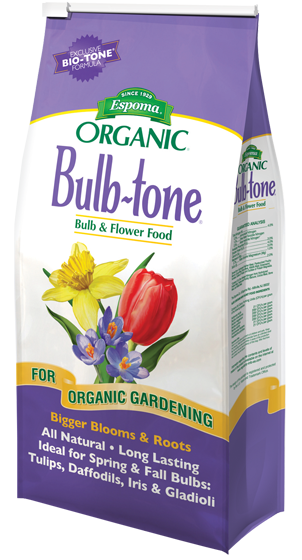10 Ways to Repurpose Your Christmas Tree

Photo by Jimmy Chan from Pexels
Now that the holiday season is coming to a close, you’re probably wondering what to do with that giant, luscious tree in your house. Don’t toss it just yet! There are plenty of earth-friendly ways to dispose of or repurpose it. Here are our top 10 ways to repurpose your Christmas tree!
1.) Mulch
Before having your tree picked up by your usual garbage crew, do a quick Google search to see if there are any mulching programs in your area. Old trees can be great to use as barriers against sand and soil erosion, and can also be used for local water-way stabilization. It’s a great way to help your environment!
2.) Compost
There’s always a way to turn your old organic material into compost! Cut the branches to fit the inside of your bin, and layer them in a criss-cross pattern about 6–8 inches high to ensure good airflow through the bottom of the pile. Then add your vegetable scraps, leaf litter, and any other compostable materials. Over time, the branches will break down and turn into compost themselves.
3.) Replant
If you live in a mild climate, you probably purchased your living tree either balled and burlapped or in a pot. If you can’t seem to let it go, just plant it in your yard! Dig a large hole in the ground and water it thoroughly. Then add a thick layer of mulch with either wood chips or leaves. Add some extra nutrients to help it get through the rest of winter with Espoma Evergreen-tone.
4.) Chip it
If you have access to a chipper (which usually can be rented), feed your tree through it. Come springtime, you can use the wood chips to bring nutrients to your soil!
5.) Feed the birds
Did you know that you could turn your old tree into a bird feeder? Remove all of the non-organic decorations like ornaments, hooks, and tinsel. Then place it outside while still in the stand and place it in a spot where you’ll be able to see it from indoors. Next, decorate it again by adding things like orange slices, strung popcorn, little bunches of bird feed, and anything else a bird would like to nibble on. Now you have a wonderful haven for birds to eat and shelter themselves that you can watch all season long from the warmth of your home.
6.) Make a wreath
Gather some wire, scissors, and any other pieces of decoration you’d like to add. Snip off individual branches and create a beautiful decorative wreath for your front door! You can keep this up all winter long — no need to take it down after the holidays have gone.
7.) Chop firewood
Have a fireplace? Put your tree to good use and heat up the house using the wood! All you have to do is chop it up and keep it handy for when you’re ready to light a fire.
8.) Get crafty
There are so many different ways to use the trunk of your tree for crafts! Cut thin slices and turn them into rustic coasters. Cut up multiple slices and add it to your wreath. If it’s big enough, slice it, write a fun saying on it, and turn it into a sign! The possibilities are endless.
9.) Make stakes
Got leggy plants? Stake them up with small branches from your tree! No need to go out and buy wire stakes when you can make your own right from home.
10.) Toss it properly
If you just want to throw out the tree, start by contacting your local waste provider as they usually pick up trees in the weeks that follow Christmas.
Keep in mind plastic or flocked trees unfortunately cannot be recycled, and need to be cut into small pieces and disposed of in the regular trash. But if you have a live tree you’re no longer using, consider using some of these nature-friendly tips to give them more uses before finally getting rid of them at the end of the season!
Featured Products

